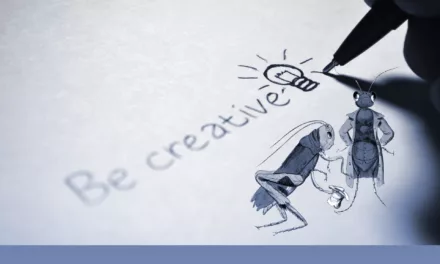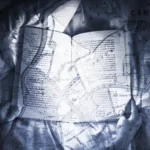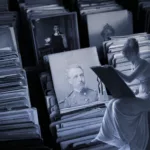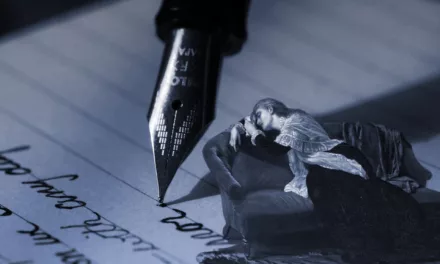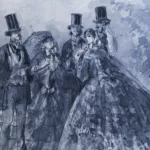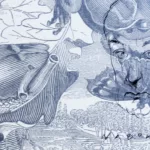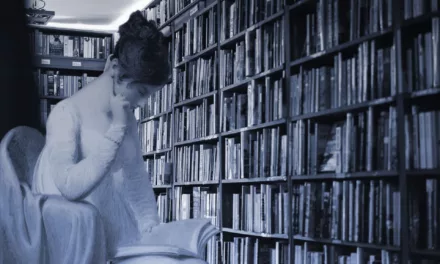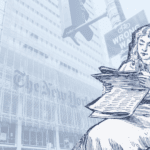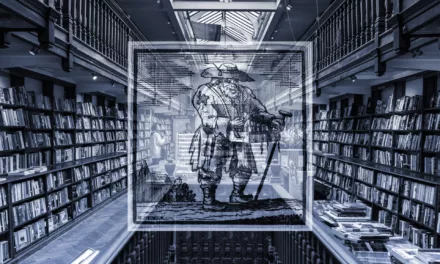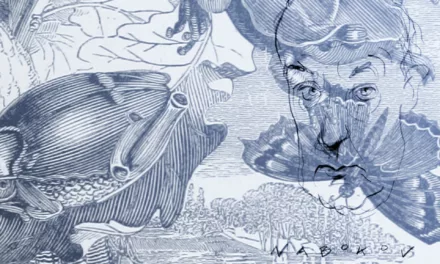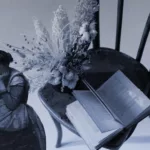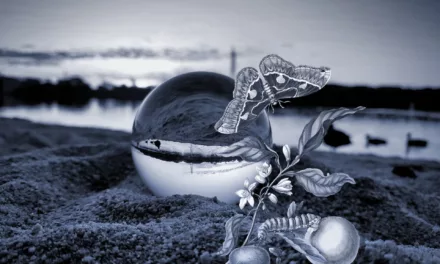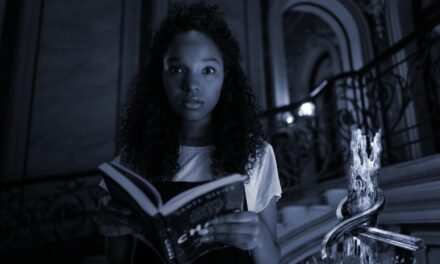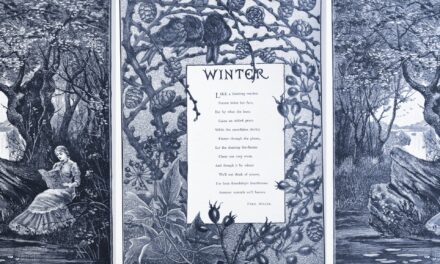
Using Conflict to Move Your Story Forward
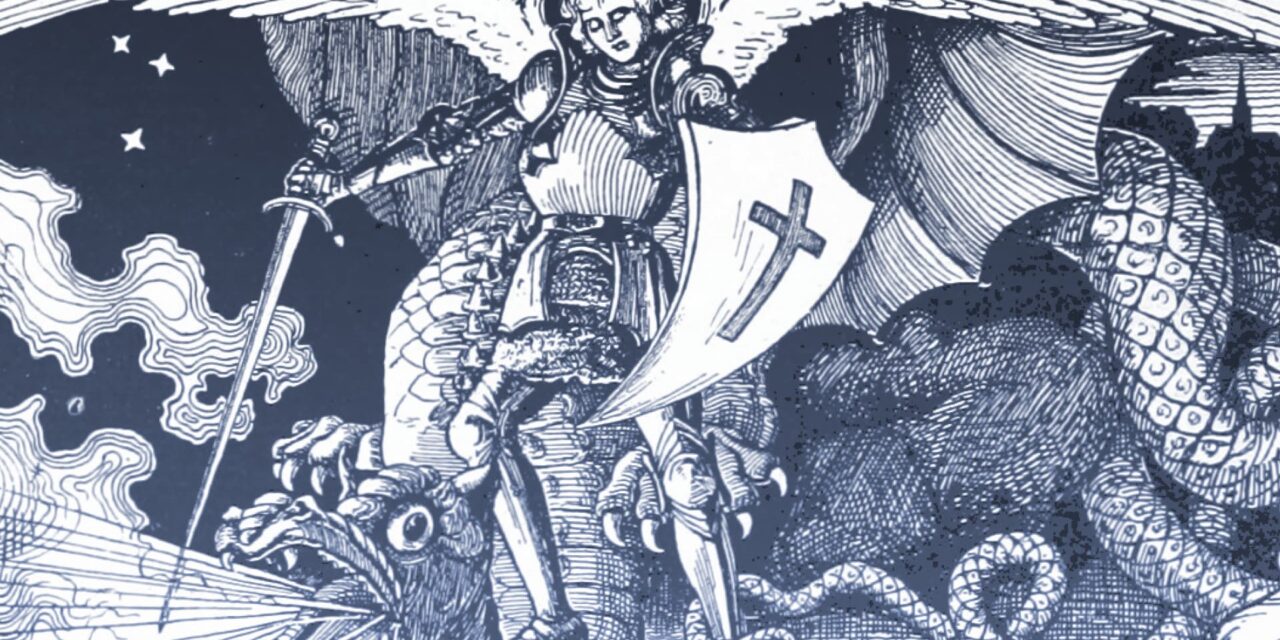
Have you ever wondered why some stories grip you from start to finish while others leave you feeling flat? The secret often lies in one crucial element: conflict. As writers, we must master the art of creating meaningful conflict to craft interesting narratives that resonate with readers.
Revealing Character Through Conflict
They say nothing reveals someone’s true character like conflict, and this principle is especially powerful when writing fiction. When we place our characters in challenging situations, we strip away their carefully constructed facades and expose their core beliefs, values, and fears.
Think about it: A person might claim to value honesty above all else, but what happens when telling the truth could destroy someone they love? A character might pride themselves on their independence, but how do they react when circumstances force them to rely on others? These moments of crisis and contradiction create opportunities for deep character development and memorable scenes.
To develop stronger characters, try this exercise: Identify your character’s fundamental beliefs or values, then create situations that directly challenge them For example:
- A pacifist forced to decide whether to use violence to protect an innocent person
- A logic-driven scientist who discovers irrefutable evidence of the supernatural
- A strict rule-follower who realises that following the rules will cause grave injustice
Develop Plot Through Conflict
Most of our early drafts will lack sufficient tension to keep readers engaged. That’s normal. After all, you’re still discovering how the story plays out yourself at that point.
The reason you might feel your first draft lacks tension, however, is because conflict isn’t just about dramatic arguments or physical confrontations; it’s the engine that drives your plot forward. And in first drafts it’s very easy to get obsessed with the big moment rather than the underlying conflict that properly paces your plot.

When you start on your second draft, try taking a scene that feels flat and asking yourself:
- What unspoken tensions exist between these characters?
- What competing goals or desires are present?
- What secrets or misunderstandings could complicate the situation?
- What external pressures could raise the stakes?
Even a simple scene can change completely when you layer in multiple sources of conflict. Don’t be afraid to push your scenes to their emotional limits. Let your characters make devastating mistakes, voice harsh truths, choose sides in impossible situations, and face the consequences of their actions.
Remember: You can always dial back the intensity during revision, but first, give yourself permission to explore the full dramatic potential of each scene, no matter how ordinary it may seem at first glance. Some of your most powerful writing may emerge when you push yourself.
The Art of Meaningful Conflict
The most important to remember is that conflict should serve a purpose beyond mere drama. Each conflict should:
- Reveal something meaningful about your characters
- Advance the plot in a significant way
- Raise the stakes for future scenes
- Connect to your story’s broader themes
Think of conflict as a tool for transformation. Every challenging situation should leave your characters and your story changed in some way, even if it’s just subtle.
Try Some Writing Exercises
Ready to strengthen the conflict in your writing? Try these exercises:
- Take your most peaceful scene and brainstorm three ways to introduce meaningful conflict
- Write a scene where your protagonist faces their worst fear
- Create a situation where two sympathetic characters with good intentions find themselves in opposition
Remember, the goal isn’t to create conflict for conflict’s sake, but to use tension and challenges to deepen your story and engage your readers.
What will your characters reveal when pushed to their limits? How will your plot transform when you turn up the tension? The only way to find out is to start writing!

